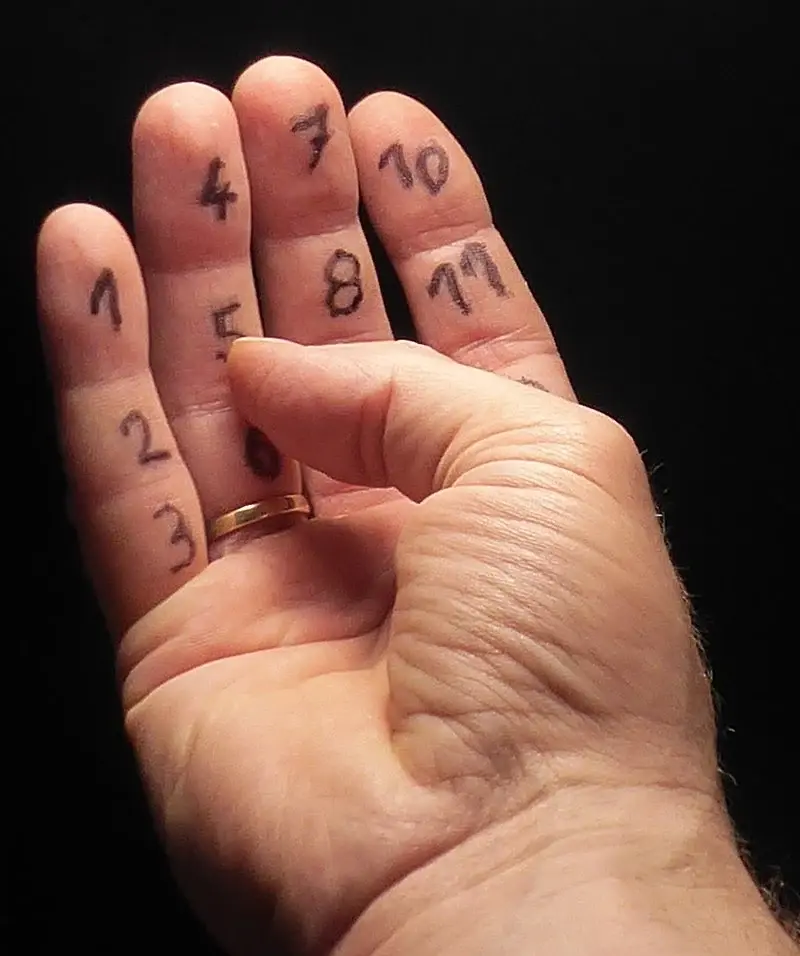cross-posted from: https://lemm.ee/post/39302426
What do you think?
You can read more here: https://en.wikipedia.org/wiki/Metric_time
Interesting comment in the OP
In geometry, 15, 30, 45, 60, 90, 120, and 180 degrees are all important, commonly occurring angles. They can be represented as 1/24, 1/12, 1/8, 1/6, 1/4, 1/3, and 1/2 of a circle. Trying to represent these angles on a 10-degree circle, most would have infinitely repeating decimals, which would make math involving them extraordinarily ugly and complicated. You can’t represent the angles of an equilateral triangle without repeating decimals. (1/6 of a circle, or 1.667 “degrees”) You can’t even represent the angles of a square without a fractional part. (1/4 of a circle, or 2.5 “degrees”)
Dividing the circle into 360 degrees gives us numbers that are simpler and cleaner to use in base-10 mathematics. The 360-degree circle is a layer of abstraction for eliminating repeating decimals when referring to these common angles. Decimal is such a pain in the ass in geometry that stacking a sexagesimal layer between the unit circle and the number system was the most feasible way to do it.
A base-12 number system would not need such an abstraction. On a 12-degree circle, these common angles would be 0.5, 1, 1.5, 2, 3, 4, and 6 degrees. A 24-degree circle (12-degree half-circle) would allow us to represent each of these with no radix point (the “decimal point” in a non-decimal number system)
Basically, if we had evolved with 6 fingers on each hand instead of 5, mathematics would be far more elegant. We would have needed to memorize a completely different multiplication table with two additional digits. On this table, 3 * 4 = “10” instead of 12, 6 * 2 =“10” instead of 12, and 2 * 3 * 4 * 6 = “100” instead of 144. The duodecimal expansions of π, e, √2, and other irrational constants would be different, but the concepts would be consistent.
An alien who grew up doing base-12 math would look at our base-10 system like we would look at the poor bastards who used a base-7 number system.
I count across and then down, but otherwise this same method. What’s great is that it tallies up to 144, with both hands. You can also do some basic math operations, but they’re limited and no faster than doing it in your head - certainly not anything near as useful as the hand abacus method.
Doesn’t really matter. Science and military stuff in the US already use metric instead of imperial. Having one easy to read format for everyday use, and a separate precise format for technical use wouldn’t be a problem
I am disappointed this is not about the disambiguated Decimal Time article.





